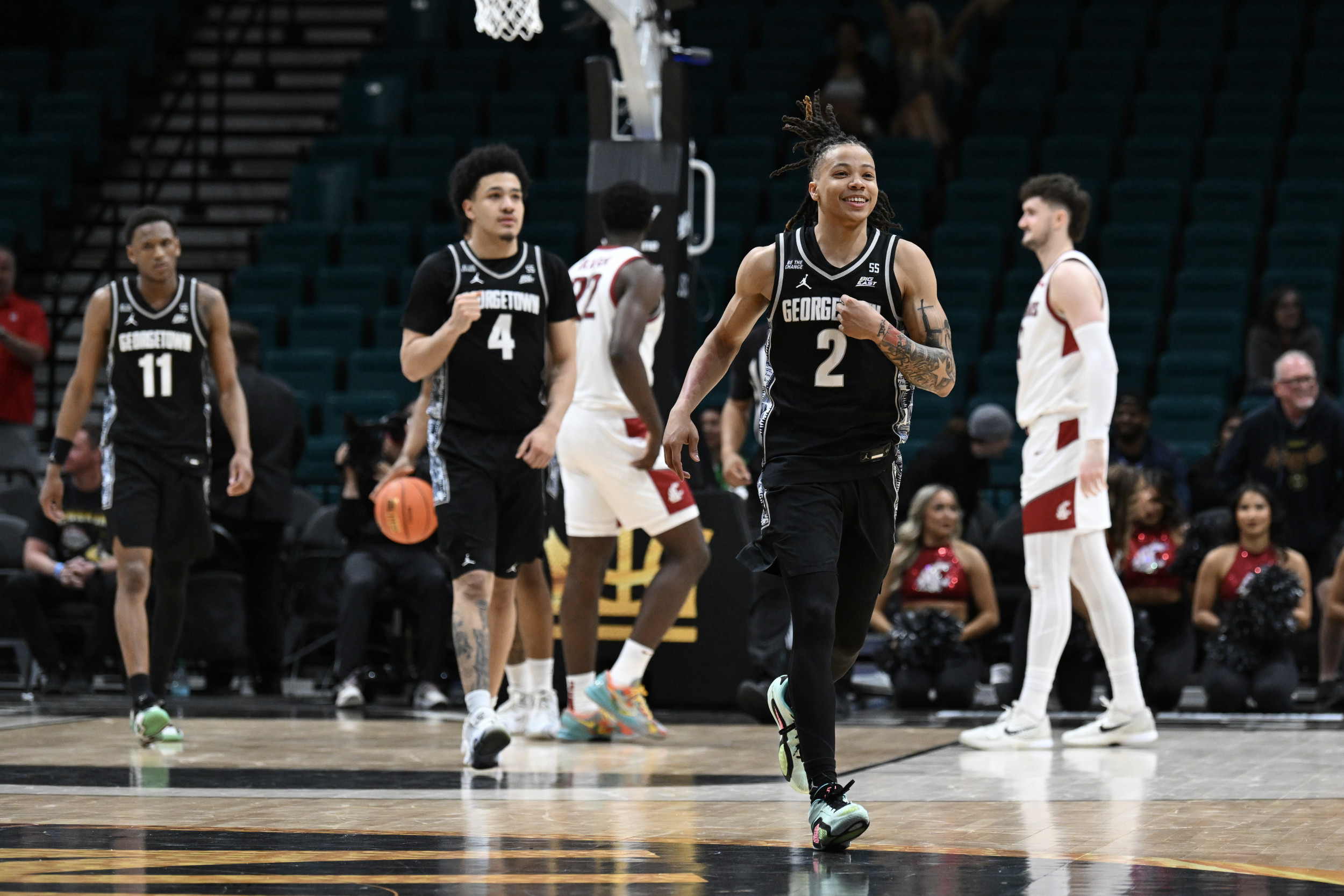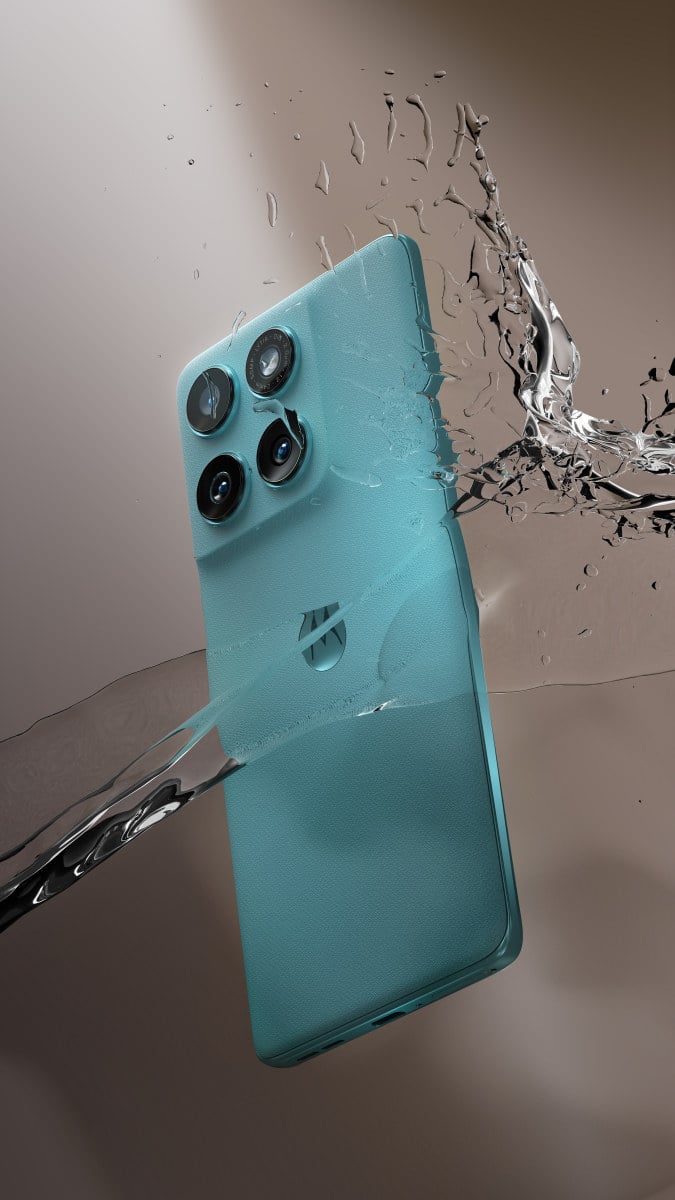
In this photo illustration, a video created by Open AI's newly released text-to-video "Sora" tool ...
More plays on a monitor in Washington, DC on February 16, 2024. OpenAI, the creator of ChatGPT and image generator DALL-E, said it was testing "Sora," which would allow users to create realistic videos with a simple prompt. The Microsoft-backed company said the new platform was currently being tested but released a few videos of what it said was already possible, with the accompanying input made to generate the video.

(Photo by Drew Angerer / AFP) (Photo by DREW ANGERER/AFP via Getty Images) The launch of OpenAI’s 4o image generator has ignited an AI-infused anime craze . The development sparks renewed discussion about the capabilities, limitations, and copyrights issues of AI-assisted visual creation. Unlike previous Dall.
E models (inspired by the Spanish Surrealist painter Salvador Dalí) that focused primarily on artistic interpretation and style transfers, 4o image generator appears designed to address specific professional pain points—particularly in text rendering and multi-image consistency. This picture taken on January 23, 2023 in Toulouse, southwestern France, shows screens displaying ..
. More the logos of OpenAI and Dall-E. - Dall-E is an artificial intelligence image generator application developed by OpenAI.
(Photo by Lionel BONAVENTURE / AFP) (Photo by LIONEL BONAVENTURE/AFP via Getty Images) This development comes as the field grows increasingly crowded, with each major AI platform developing specializations that reveal both the progress and persistent challenges of generative AI. The AI image generation market has evolved into a specialized ecosystem where different tools serve markedly different purposes. Midjourney offers digital painters and concept artists a wide range of stylistic options.
Its outputs regularly appear in professional portfolios and even museum exhibitions , though its tendency toward glossy, surreal embellishment can frustrate users seeking more realistic representations. Google’s Gemini 2.5 takes a different approach, prioritizing integration with Google services.
Meta AI specializes in generating images tailored to social media use cases, leveraging vast media data and media expertise for creating contents like memes. Its real-time collaboration and story caption suggestions also make it adaptable to online communication purposes. Grok AI leverages image generation capability within chats, facilitating iterative brainstorming sessions where images emerge gradually from textual discussions.
On the commercial front, Adobe’s Firefly has gained corporate adoption by offering legally vetted imagery and direct integration with Creative Cloud apps—addressing two major concerns for business users. OpenAI’s 4o image generator adopts the recent development of autoregressive models. In a recent paper, researchers from UC San Diego and Nvidia explains that an autoregressive model takes “both images and instructions as inputs, and predicts the edited images tokens in a vanilla next-token paradigm.
The model employs an advanced autoregressive architecture that processes images as sequences of tokens, allowing for more coherent multi-element generation.” With the autoregressive model, Open AI’s new image generator shows particular strength in: Text Rendering: It demonstrates marked improvement in generating legible text within images—a notorious weakness in previous models. Marketing teams can now create mockups with plausible logos and slogans, while educators report success generating accurate scientific diagrams with proper labeling.
Contextual Consistency: Unlike DALL-E 3, which often struggled with maintaining character or object consistency across multiple images, 4o shows improved performance in serial generation. This may help designers, animators, digital storytellers reduce revision time when creating storyboard sequences. Prompt Adherence: The model appears less prone to the creative reinterpretation that made earlier versions unpredictable for professional use.
AI image generators are transforming how companies create and deliver visual content at scale. For instance, Dashoon built a generative AI platform that empowers storytellers to produce 50,000 images per day, dramatically accelerating creative workflows. Similarly, Ayna used Azure OpenAI Service to train diffusion models that enable brands to generate catalog photo shoots and virtual try-on experiences in minutes, bypassing the time and cost of traditional studio setups.
In the food retail sector, Blinkit applied generative AI to create thousands of personalized recipe images tied to its product catalog, enhancing customer engagement with visually rich, tailored content. These applications demonstrate how AI image generation is reshaping industries by boosting speed, personalization, and visual innovation. Unilever’s Asian marketing division leverages AI-generated assets for product visuals, reporting a 50% reduction in production time.
However, limitations persist in AI image and video generators. For instance, the near perfect rendition of human faces, animal hairs, object surfaces, often cause AI generated images to look plastic and unnatural. Exaggerated facial expressions may be easier to be detected, recognized, and therefore, produced by image generators.
However, real humans do not resonate with these overly staged scenes and expressions. AI generated ads, such as Coca Cola’s 2024 holiday commercials also sparked controversy over its lack of authenticity. As these tools democratize image creation, they simultaneously devalue certain forms of technical artistry.
The rise of AI image generation displaces traditional roles while creating demand for new, AI-enhanced skills. According to the World Economic Forum’s Future of Jobs Report 2025 , jobs such as graphic designers, advertising professionals, and printing workers are projected to decline significantly by 2030, in part due to automation in content creation and visual design. At the same time, roles supporting generative AI, like machine learning specialists, data engineers, and digital transformation experts, are among the fastest growing.
This shift signals a broader transformation: creative workers must now adapt by embracing hybrid roles that combine human judgment with AI capabilities, as generative tools become increasingly embedded in visual production pipelines. But historical patterns show that technological disruption usually redefines rather than replaces creative professions. Just as photography transformed painting’s role in visual culture, and computer generated graphics reshapes animated films, AI generation appears to be shifting human creativity toward domains it struggles to replicate: nuanced cultural understandings, rich emotional resonance, and more tangible innovations.
Amid drastic automation potential in creative industries, we see public’s growing appreciation for art that carries traces of manual labor. The premium placed on hand-drawn animation in high-budget productions; the resurgence of analog photography among younger demographics; and the the persistent appeal of artisanal crafts , all attest to the unique values of human touch, lived memories, and painstaking details that offer rich contexts and meanings. The evolution of AI image generation suggests neither utopian transformation nor existential threat, but rather a reconfiguration of visual communication.
Professional adopters seeing the most success tend to 1) Implement clear usage policies specifying acceptable applications. 2) Maintain human oversight for final outputs, especially in sensitive domains. 3) Develop hybrid workflows that leverage AI’s speed while preserving human judgment.
4) Continuously evaluate both quantitative metrics and qualitative impact. As the technology matures, its ultimate value will be determined not by technical capabilities alone, but by how thoughtfully organizations integrate it into their creative and operational processes. The most successful users will likely be those who view tools like GPT-4o image generator not as replacements for human creativity, but as collaborators that can handle certain tasks while leaving others to human specialists.
This nuanced approach recognizes that while AI can generate images, human judgment remains essential for determining which images are worth generating—and what they ultimately mean. In an increasingly synthetic visual landscape where AI image generators become more accurate, the real challenge remains, can they become more authentic to human experiences?.















